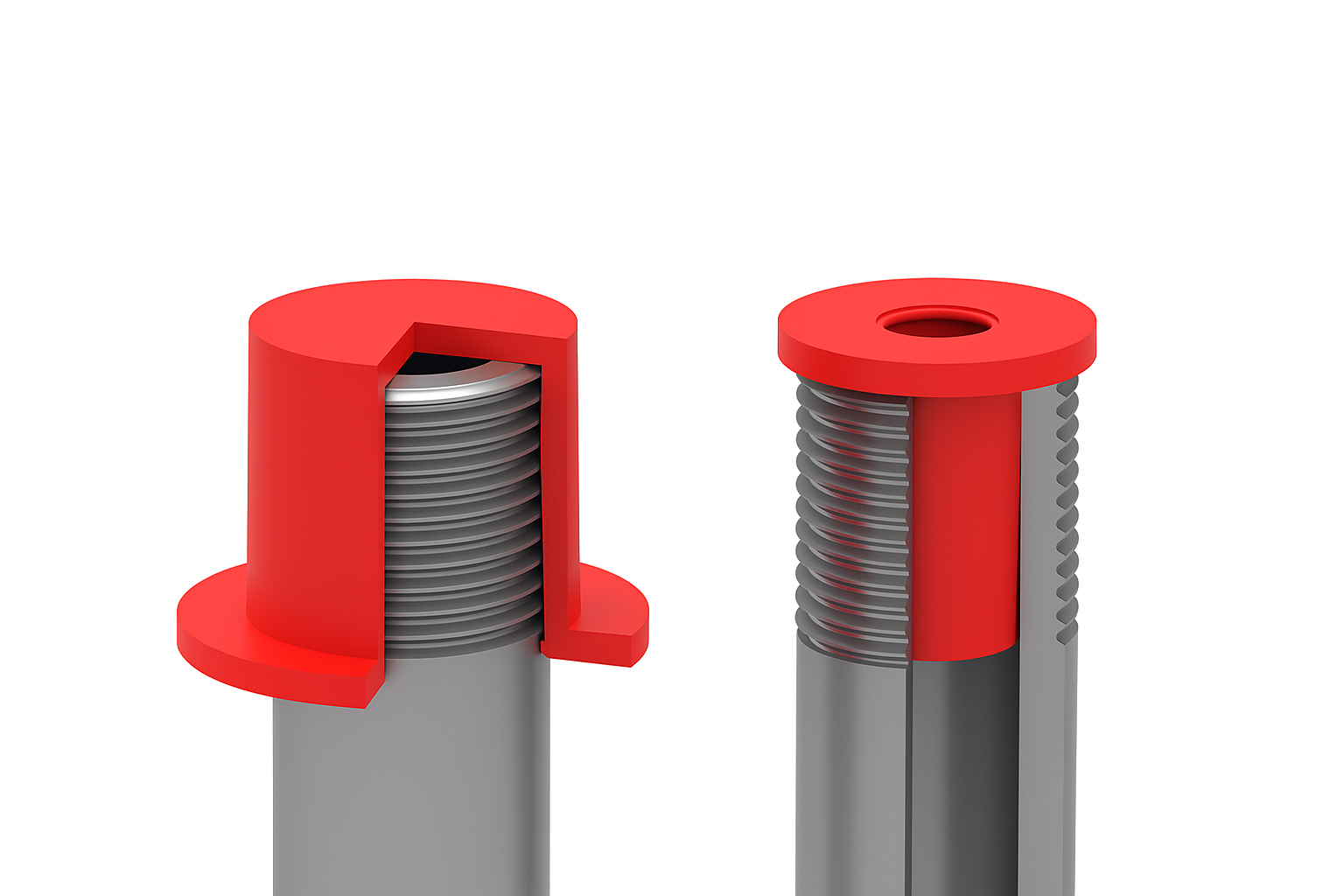
Equipment breakdowns don’t just happen; they’re often the result of neglected maintenance that could’ve been prevented. Creating a preventive maintenance schedule that actually delivers results isn’t just about following manufacturer recommendations or setting random dates on a calendar. It requires strategic planning, realistic timelines, and a deep understanding of your equipment’s unique needs.
Most businesses struggle with maintenance schedules that look good on paper but fail in practice, leading to unexpected downtime and costly repairs.
Understanding the Foundation of Preventive Maintenance
Building an effective maintenance program starts with recognizing that not all schedules are created equal. The difference between a schedule that works and one that doesn’t often comes down to how well it’s tailored to your specific operational needs.
Emergency repairs can cost up to three times more than planned maintenance due to rush labor fees, expedited parts, and operational disruption. This stark reality shows why getting your schedule right from the start matters so much for your bottom line.
Successful maintenance schedules share several key characteristics that set them apart from generic templates. They’re built around actual equipment usage patterns rather than arbitrary timeframes, and they account for your facility’s specific operating conditions.
The most effective schedules also balance thoroughness with practicality. Finding that sweet spot requires understanding your equipment’s failure patterns and maintenance history.
Common Scheduling Mistakes to Avoid
Many organizations fall into predictable traps when creating their first maintenance schedule template. Over-scheduling is just as problematic as under-scheduling, often leading to maintenance fatigue where tasks get skipped because there are simply too many.
Another frequent mistake is treating all equipment equally. Your critical production equipment shouldn’t follow the same schedule as auxiliary systems that can be down for days without major impact.
Essential Steps for Building Your Maintenance Schedule
Creating a schedule that actually works requires a systematic approach that goes beyond basic manufacturer guidelines. This process involves understanding your unique operational environment and building flexibility into your planning.
Modern facilities often benefit from leveraging technology to streamline their scheduling processes. Using preventative maintenance software can automate many scheduling tasks and provide valuable insights into equipment performance trends. These digital solutions make it easier to track maintenance history, predict optimal service intervals, and ensure nothing falls through the cracks.
Asset Assessment and Prioritization
Start by creating a comprehensive inventory of all equipment that requires maintenance. Don’t just list the obvious machinery, include HVAC systems, safety equipment, and even smaller tools that impact productivity when they fail.
Rank each asset based on its criticality to operations, replacement cost, and failure consequences. This maintenance planning approach ensures you’re investing time and resources where they’ll have the greatest impact on preventing costly disruptions.
Determining Optimal Maintenance Intervals
Manufacturer recommendations provide a starting point, but they’re often conservative and may not reflect your actual usage patterns. Equipment running 24/7 needs more frequent attention than machinery used a few hours per day.
Review your historical maintenance records to identify patterns. Look for recurring issues, seasonal variations, and any correlation between maintenance timing and equipment performance. This data-driven approach helps you develop effective maintenance strategies that actually prevent problems.
Creating Your Master Schedule
Once you’ve established priorities and intervals, it’s time to build the actual schedule. Spread maintenance tasks throughout the month to avoid overwhelming your team or disrupting operations unnecessarily.
Consider your production calendar when scheduling major maintenance. Plan intensive work during traditionally slower periods, and avoid scheduling multiple critical systems for maintenance simultaneously.
Maintenance Schedule Comparison: Traditional vs. Modern Approaches:
Modern maintenance strategies have transformed how organizations care for their equipment compared to traditional methods. Instead of relying solely on fixed time intervals and manual logs, today’s approach supported by automated sensors and digital tracking.
Task assignments have shifted from paper work orders to mobile apps that provide real-time updates, while performance tracking now leverages integrated analytics dashboards instead of spreadsheets.
Adjustments are no longer made only once a year or when problems arise; they’re continuously optimized through data insights. Even cost monitoring has evolved, moving beyond simple expense tracking to predictive ROI analysis, ensuring smarter and more efficient maintenance management.
| Aspect | Traditional Approach | Modern Approach |
| Scheduling Basis | Fixed time intervals only | Usage-based + time-based intervals |
| Data Collection | Manual logs and reports | Automated sensors + digital tracking |
| Task Assignment | Paper-based work orders | Mobile apps with real-time updates |
| Performance Tracking | Spreadsheets and filing | Integrated analytics dashboards |
| Adjustment Frequency | Annual or when problems arise | Continuous optimization based on data |
| Cost Monitoring | Basic expense tracking | ROI analysis with predictive modeling |
Implementation Strategies That Drive Results
Having a great schedule on paper means nothing if it’s not properly executed. The implementation phase is where many maintenance programs either succeed or fail, often depending on how well they’re integrated into daily operations.
Unplanned equipment failures can bring production to a grinding halt, leading to lost productivity and delayed shipments. This reality makes proper implementation absolutely crucial for avoiding these costly disruptions.
Staff Training and Responsibility Assignment
Assign specific maintenance tasks to qualified team members and ensure they understand both the procedures and the importance of timing. Clear accountability prevents tasks from being overlooked or delayed.
Invest in training that goes beyond basic procedures. Help your team understand how their maintenance work connects to overall equipment reliability and business success. This understanding creates buy-in and improves execution quality.
Documentation and Record Keeping
Maintain detailed records of all maintenance activities, including dates, procedures performed, parts used, and any observations about equipment condition. This documentation becomes invaluable for refining your schedule over time.
Use consistent formats and make record-keeping as simple as possible. Complex documentation systems often get abandoned when operations get busy, defeating the purpose of tracking maintenance activities.
Optimizing Your Schedule for Long-Term Success
A truly effective maintenance schedule evolves with your operation. What works initially may need adjustment as equipment ages, usage patterns change, or you gain more experience with your specific assets.
Regular review and optimization ensure your schedule remains relevant and effective rather than becoming a static document that loses value over time.
Performance Monitoring and Adjustments
Track key metrics like equipment downtime, maintenance costs, and task completion rates to evaluate your schedule’s effectiveness. Look for trends that suggest adjustments might be needed.
Don’t be afraid to modify intervals or procedures based on real-world results. If certain equipment consistently performs well beyond scheduled maintenance points, you might safely extend intervals. Conversely, recurring issues might indicate more frequent attention is needed.
Technology Integration Options
Modern maintenance management systems offer features like automated scheduling, mobile access for technicians, and predictive analytics that can enhance your traditional schedule.
These tools shouldn’t replace good fundamental planning, but they can make execution more reliable and provide insights that help you continuously improve your approach.
Your Path Forward With Preventive Maintenance
Creating a preventive maintenance schedule that actually works requires balancing systematic planning with operational realities. The key lies in understanding your unique equipment needs, implementing realistic schedules, and continuously refining your approach based on results.
Don’t let perfect be the enemy of good, start with a solid foundation and improve over time. Remember, even an imperfect schedule that’s consistently followed beats a perfect plan that sits unused. The best time to begin building your effective maintenance program was yesterday, but the second-best time is right now.
Common Questions About Creating Maintenance Schedules
How to automate preventive maintenance?
Follow these steps: establish clear goals, inventory your assets, conduct asset hierarchy and criticality analysis, identify ideal PM intervals, schedule your preventive maintenance workflow, train your team, and monitor preventive maintenance workflow success with KPIs.
How often should I review and update my maintenance schedule?
Review your schedule quarterly for minor adjustments and conduct a comprehensive annual review. However, make immediate changes if you notice recurring failures or significant changes in equipment usage patterns.
What’s the biggest mistake when learning how to create a maintenance schedule?
The biggest mistake is treating all equipment equally without considering criticality, usage patterns, or actual operating conditions. Generic schedules often waste resources on low-priority items while missing critical maintenance needs.











